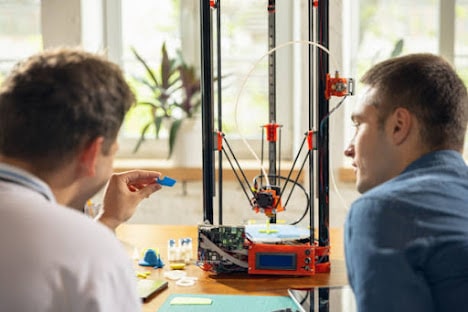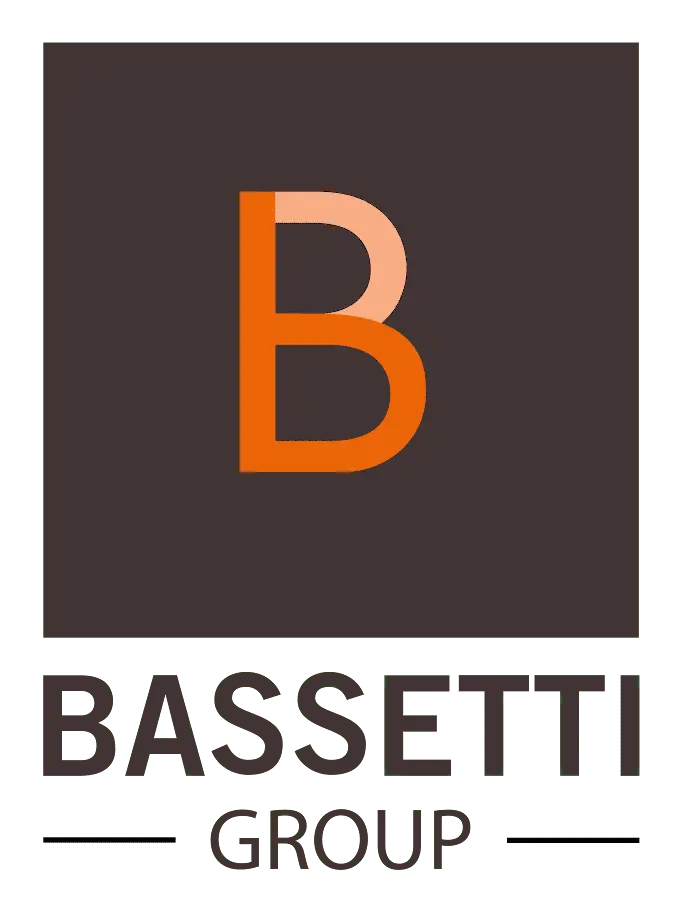
By Pierre Tatard, Product Manager of TEEXMA® for Additive Manufacturing at BASSETTI Group
At the heart of industrial processes, additive manufacturing is a major challenge for the professions of tomorrow. The global market experienced exceptional growth of around 19.5% in 2021, as evidenced by the 27th annual report on the additive manufacturing industry, published by Wohlers Associates. Several key trends emerge, including the rise of 3D printing in many sectors such as health, automotive, aerospace, energy and consumer products.
At the bedside of growth, additive manufacturing has also seen good times during the health crisis. In particular, it has proven its usefulness and effectiveness when supply chains have been frozen. Local production, urgently and as close as possible to needs: this is the promise of 3D printing. However, the technology remains relatively new on a global scale and its rapid development comes up against an already crucial challenge that France already experienced at the end of the 2010s: how to structure the data acquired, thanks to additive manufacturing, in an optimal profitability perspective?
TRANSITION FROM DISCREET MANUFACTURING TO SERIES MANUFACTURING
The nuclear sector, whether French or foreign, has experienced many challenges resulting in a change in its operation, thanks to restructuring, and the creation of the Excell Plan. The delays and additional costs faced by China, Finland, France and other nations during the construction of EPRs have led the major nuclear players to question their organization and their processes. Indeed, the FOLZ report revealed a loss of skills throughout the sector, whether in management and governance, up to the most operational positions such as welders and pipefitters for example.
In addition, the increase in requirements and standards, technical or environmental, from design to waste treatment, greatly complicates the management of projects in the sector.
For this, the energy industry and, in particular the nuclear sector, spares no effort. Indeed, the decarbonization of energy as well as the optimization of natural and financial resources, can only go through a development of human capital, a good management of production flows, an increase in rigor on quality controls, and the simplification and standardization of certain processes.
Efforts in the nuclear sector are particularly moving in this direction, notably with the implementation of the Excell plan by EDF and Framatome.
But then, more than the issue of industrialization of the manufacturing process to be defined, it is really the ability of companies to adapt to the technology that is challenged. In particular to take into account the enormous amount of data that revolves around additive manufacturing. Because, logically, a test that would have failed is a piece that collapses, a waste of time and material, therefore money. Faced with this, it is necessary to structure its manufacturing processes so as not to make the same mistakes twice. Since additive manufacturing processes are more generally unstable, and the production of parts is difficult to repeat identically, understanding them requires not only the recovery and analysis of manufacturing data, but also the transmission of knowledge that must be capitalized.
THE COMMUNITY, PILLAR OF THE ADDITIVE WORKLOW
The disruptive nature of additive manufacturing makes it a transversal activity within companies; data from laboratory tests, through simulations by calculation and metrology engineers, to the processing of feedback from materials experts. An intersection of many services, often compartmentalized in their respective missions, which must push companies to develop new operating methods.
First, given the very diverse nature of the actors involved in the additive manufacturing process, it is important to keep an overview of this process. Indeed, nowadays, the performer of a task must know how to balance autonomy and interconnection. Therefore, he needs to know “What to do? and “How to do it?” but also “Why?” “. The notion of product logic introduces a view of the designers on their missions within the process. In this sense, it is possible for them to identify the different services and sites involved, and decompartmentalize the information to anyone entitled to know about it.
By setting up a community around the information to be (re-)used, the designer will be able to invest time to appropriate the prescriptive knowledge transmitted by an expert, in order to apply it. Thus, in a problem of efficiency and profitability, the decompartmentalized structuring of information allows:
- Optimization of production thanks to the understanding of the articulation of functions
- Capitalization of expert feedback, particularly on potential failures
- Avoid duplication in a highly strategic context
- Update material databases
SAFETY AT THE HEART OF
ADDITIVE MANUFACTURING PROCESSES
However, given the integration of all these actors within the process, some might worry about the security of the data, and then the knowledge gained, from additive manufacturing. As mentioned above, competition in this market is only growing. The very principle of adaptability of additive manufacturing reinforces the safety issue, especially in the development of specialized materials. Often derived from “in-house recipes”, it is sometimes the medium-term R&D plan that is exposed.
In this case, the opening of information to all stakeholders has its corollary. More specifically, the sharing of global functionalities, test and analysis results and expert knowledge must not compromise the confidentiality of high value-added data. Therefore, a single repository, with a fine management of rights is a necessity, in order to combine security and collaboration.
Exchanges between customers and suppliers are also to be considered with a central question: how to ensure that the files necessary for the manufacture of a part on a customer site are transmitted in a secure manner? Emerging technologies such as blockchain – computer technology for storing and disseminating transparent, secure and tamper-proof information – appear today as an excellent alternative to traditional means of communication.
In a context of industrial revolution and digital transformation, thanks to Industry 4.0 and connected everything, additive manufacturing – whose applications are limited only by the imagination – is considered a disruptive technology. In full expansion, it now requires appropriate methods and tools to ensure the proper management of data and knowledge, and thus optimize the entire manufacturing process. Because it generates a very large volume of it, the recovery, analysis – help with Artificial Intelligence – and the securing of this data is also essential.
For more information, feel free to contact the BASSETTI Group, and our team of experts will be help you with any inquiries.
